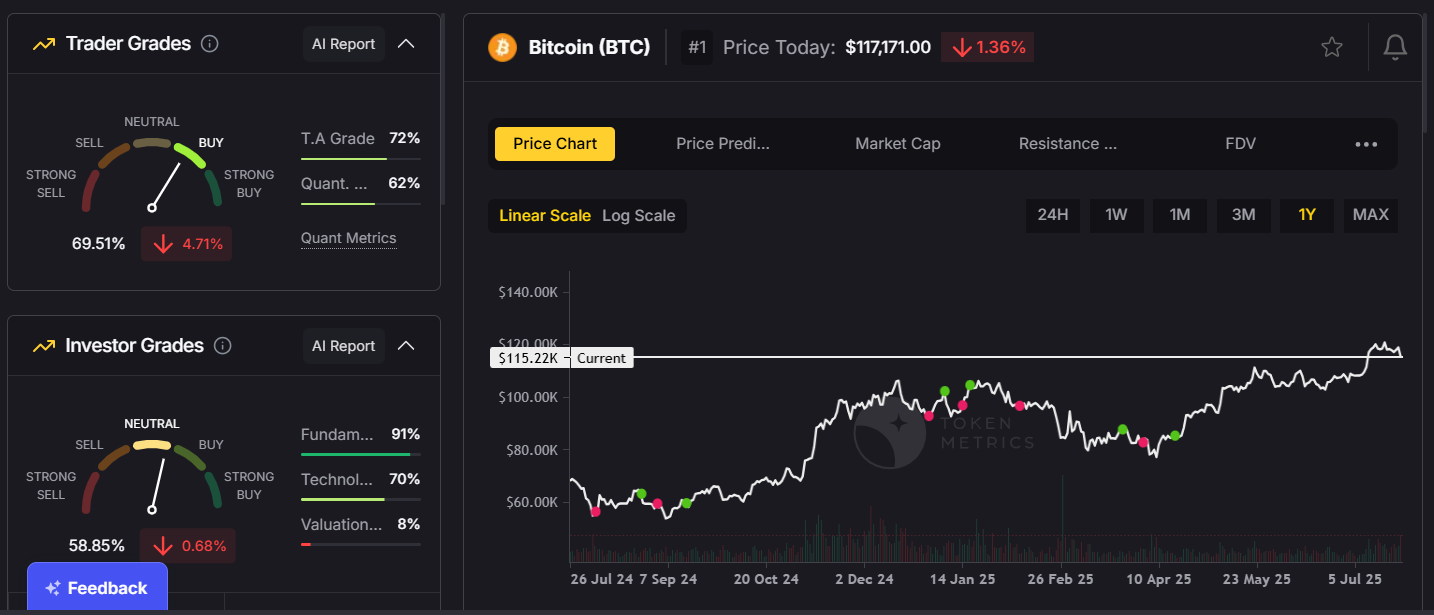
RESTful API Essentials: Design, Security, and Best Practices

APIs are the connective tissue of modern applications; among them, RESTful APIs remain a dominant style because they map cleanly to HTTP semantics and scale well across distributed systems. This article breaks down what a RESTful API is, pragmatic design patterns, security controls, and practical monitoring and testing workflows. If you build or consume APIs, understanding these fundamentals reduces integration friction and improves reliability.
What is a RESTful API?
A RESTful API (Representational State Transfer) is an architectural style for designing networked applications. At its core, REST leverages standard HTTP verbs (GET, POST, PUT, PATCH, DELETE) and status codes to perform operations on uniquely identified resources, typically represented as URLs. Key characteristics include:
- Statelessness: Each request contains all information the server needs to fulfill it, enabling horizontal scaling.
- Resource orientation: APIs expose resources (users, orders, blocks, etc.) rather than remote procedure calls.
- Uniform interface: A consistent set of conventions for requests and responses, improving discoverability and client simplicity.
REST is a pragmatic guideline rather than a strict protocol; many APIs labeled "RESTful" adopt REST principles while introducing pragmatic extensions (e.g., custom headers, versioning strategies).
Design Principles & Resource Modeling
Good REST design begins with clear resource modeling. Ask: what are the nouns in the domain, and how do they relate? Use predictable URL structures and rely on HTTP semantics:
- /resources - list or create a resource (GET to list, POST to create)
- /resources/{id} - operate on a single resource (GET, PUT/PATCH, DELETE)
- /resources/{id}/subresources - nested relationships when needed
Design tips to improve usability and longevity:
- Use consistent naming: plural nouns, lowercase, and hyphenation for readability.
- Support versioning: include a version in the URL or headers to avoid breaking clients (e.g., /v1/...).
- Leverage hypermedia judiciously: HATEOAS can improve discoverability but adds complexity; choose when it benefits clients.
- Pagination, filtering, sorting: standardize query parameters for large collections to avoid performance pitfalls.
- Use appropriate status codes: communicate success, client errors, and server errors clearly (200, 201, 400, 401, 403, 404, 429, 500, etc.).
Security, Authentication, and Rate Limiting
Security is a primary concern for any public-facing API. Typical controls and patterns include:
- Authentication: OAuth 2.0 (Bearer tokens) and API keys are common. Choose a mechanism that fits your risk model and client types. Avoid transporting credentials in URLs.
- Authorization: Implement least-privilege checks server-side to ensure tokens only permit intended actions.
- Encryption: Always use TLS (HTTPS) to protect data in transit; consider TLS 1.2+ and strict ciphers.
- Rate limiting and throttling: Protect backends from abuse with per-key or per-IP limits and provide informative 429 responses with Retry-After headers.
- Input validation and sanitization: Validate request bodies and query parameters to reduce injection and parsing vulnerabilities.
- Audit and logging: Log authentication events, rate-limit triggers, and error patterns while respecting privacy and compliance requirements.
Designing for security also means operational readiness: automated certificate rotation, secrets management, and periodic security reviews reduce long-term risk.
Performance, Monitoring, and AI-Assisted Tooling
Performance tuning for RESTful APIs covers latency, throughput, and reliability. Practical strategies include caching (HTTP Cache-Control, ETags), connection pooling, and database query optimization. Use observability tools to collect metrics (error rates, latency percentiles), distributed traces, and structured logs for rapid diagnosis.
AI-assisted tools can accelerate many aspects of API development and operations: anomaly detection in request patterns, automated schema inference from traffic, and intelligent suggestions for endpoint design or documentation. While these tools improve efficiency, validate automated changes through testing and staged rollouts.
When selecting tooling, evaluate clarity of integrations, support for your API architecture, and the ability to export raw telemetry for custom analysis.
Build Smarter Crypto Apps & AI Agents with Token Metrics
Token Metrics provides real-time prices, trading signals, and on-chain insights all from one powerful API. Grab a Free API Key
What distinguishes RESTful APIs from other API styles?
REST focuses on resources and uses HTTP semantics; GraphQL centralizes queries into a single endpoint with flexible queries, and gRPC emphasizes high-performance RPCs with binary protocols. Choose based on client needs, performance constraints, and schema evolution requirements.
How should I version a RESTful API without breaking clients?
Common approaches include URL versioning (e.g., /v1/), header-based versioning, or semantic versioning of the API contract. Regardless of method, document deprecation timelines and provide migration guides and compatibility layers where possible.
What are practical testing strategies for RESTful APIs?
Combine unit tests for business logic with integration tests that exercise endpoints and mocks for external dependencies. Use contract tests to ensure backward compatibility and end-to-end tests in staging environments. Automate tests in CI/CD to catch regressions early.
How do I design for backward compatibility?
Additive changes (new fields, endpoints) are generally safe; avoid removing fields, changing response formats, or repurposing status codes. Feature flags and content negotiation can help introduce changes progressively.
What should be included in API documentation?
Provide clear endpoint descriptions, request/response examples, authentication steps, error codes, rate limits, and code samples in multiple languages. Machine-readable specs (OpenAPI/Swagger) enable client generation and testing automation.
Disclaimer: This content is educational and informational only. It does not constitute professional, legal, security, or investment advice. Test and validate any architectural, security, or operational changes in environments that match your production constraints before rollout.

.svg)

Create Your Free Token Metrics Account

.png)




%201.svg)
%201.svg)


%201.svg)



_%20A%20Complete%20Guide%20to%20the%20Meme%20Coin%20in%202025.png)

_%20A%20Complete%20Guide%20to%20Ethereum%E2%80%99s%20Native%20Token%20in%202025.png)









.svg)




.png)